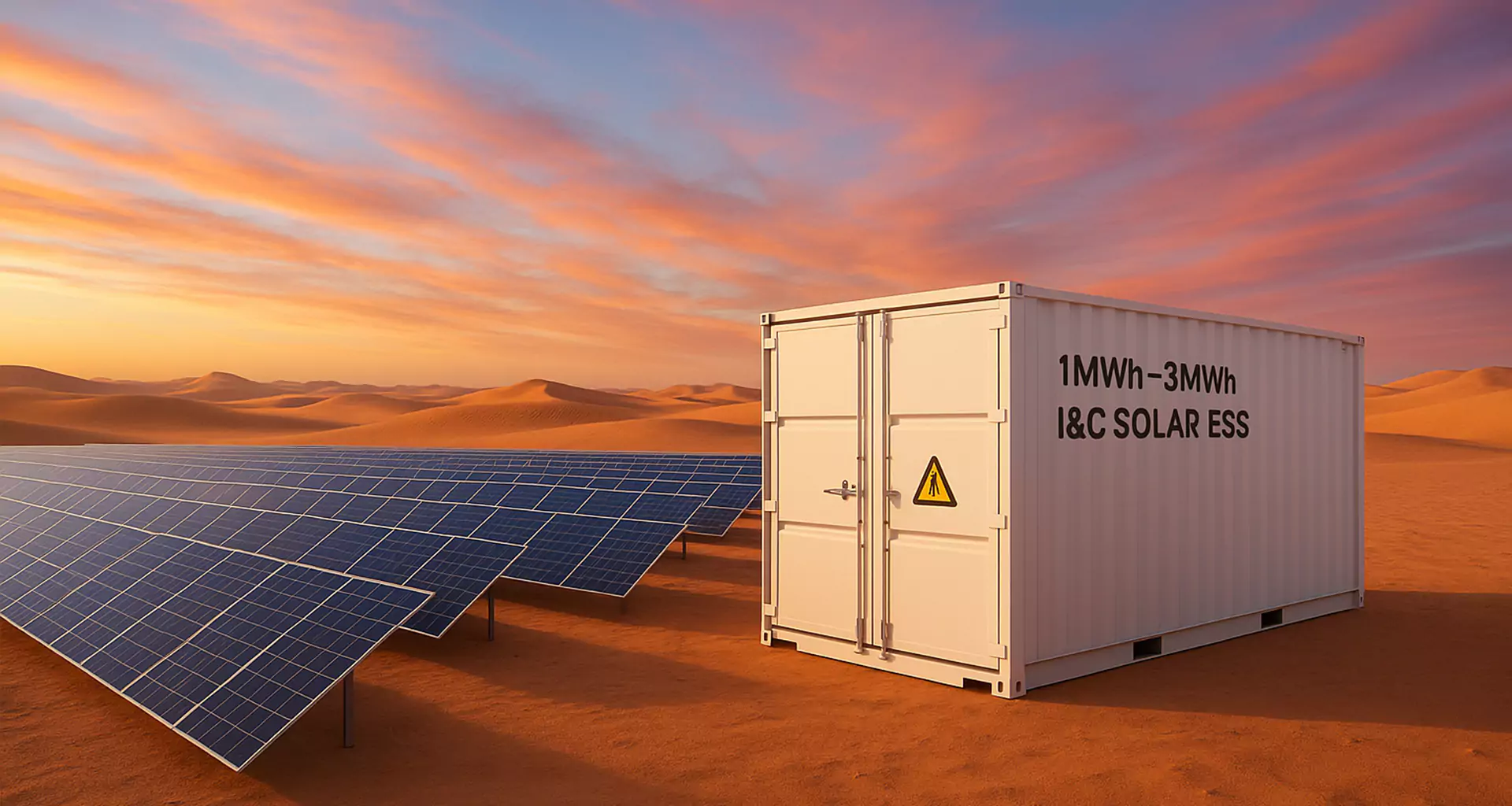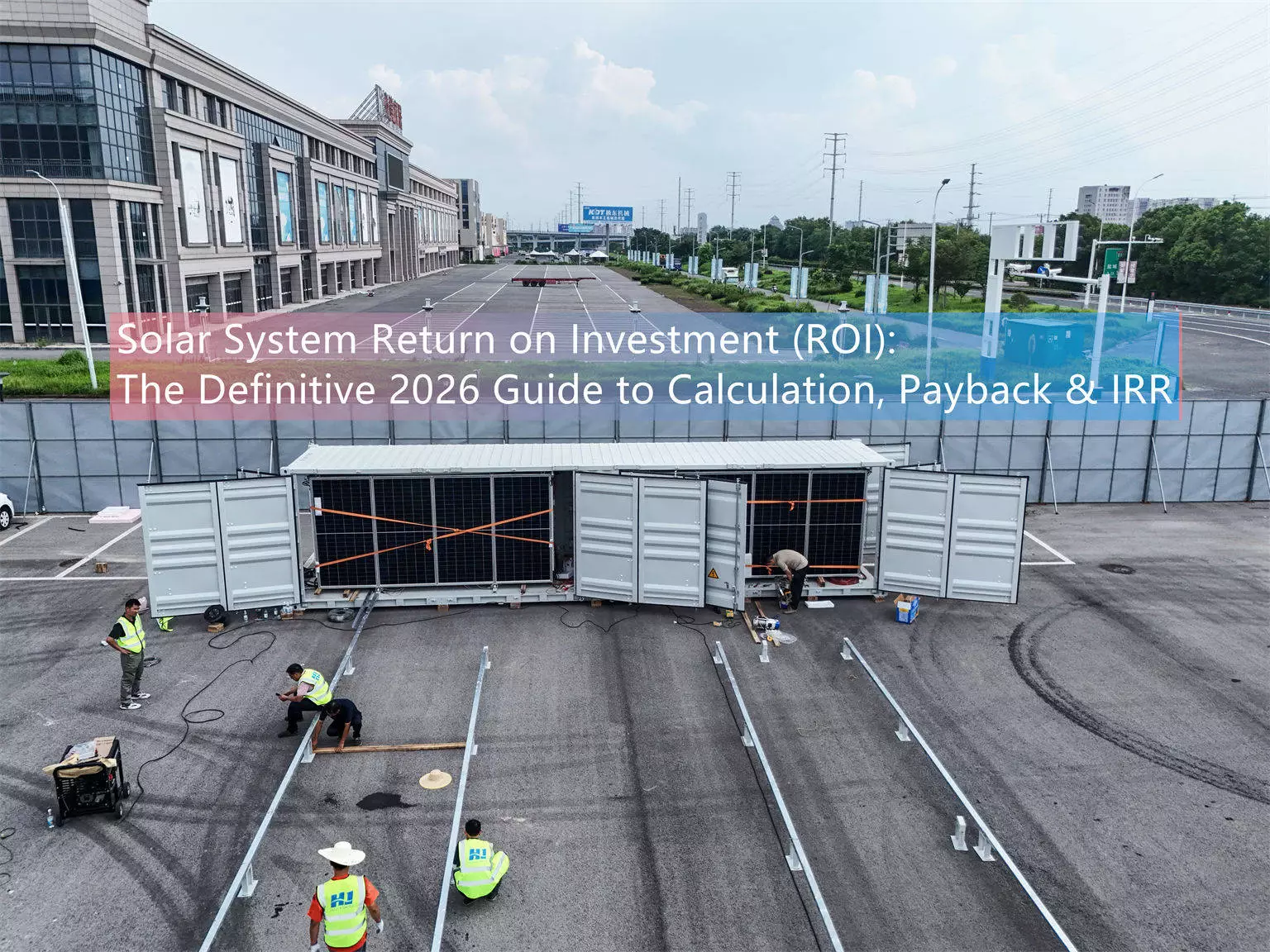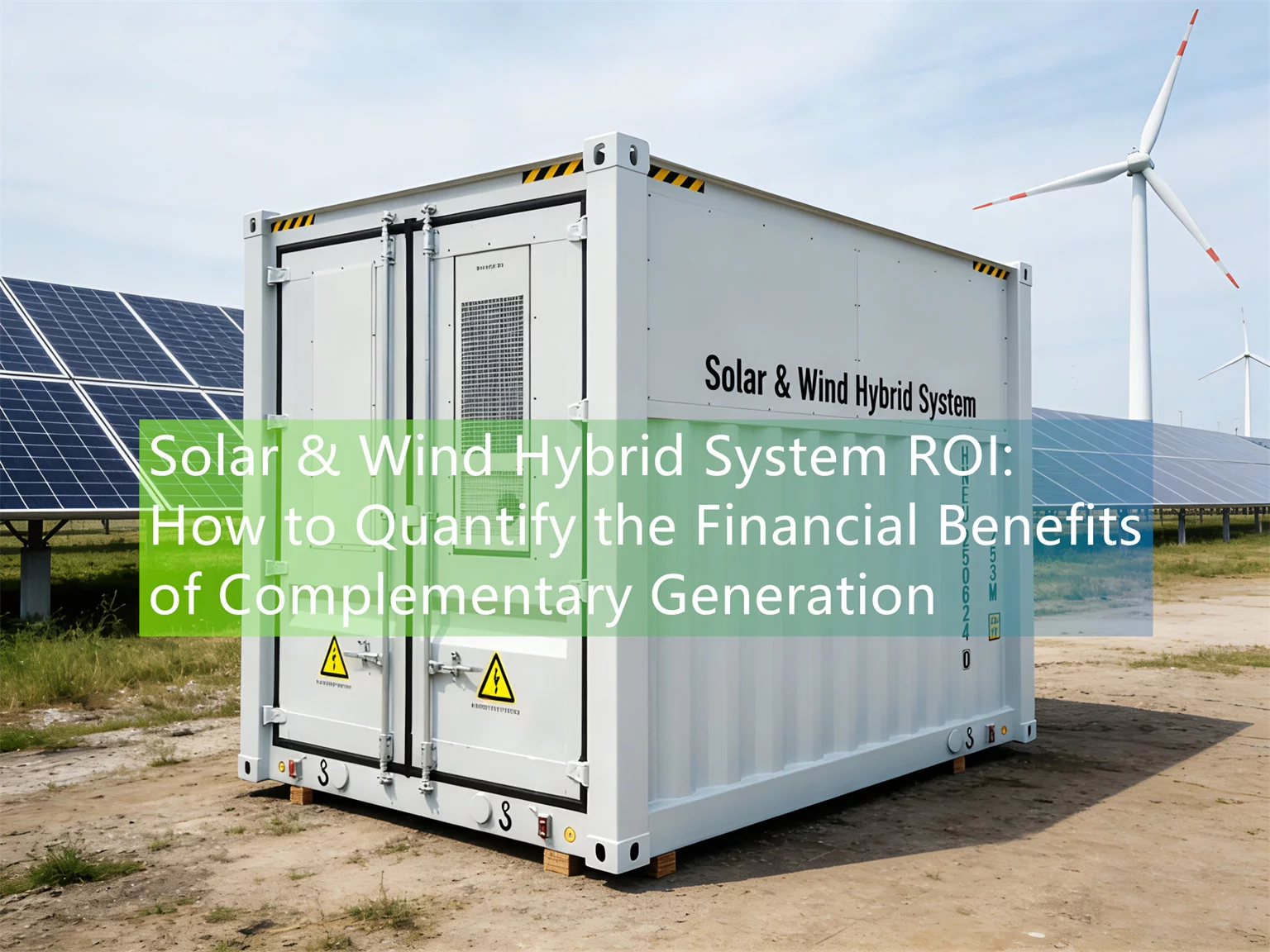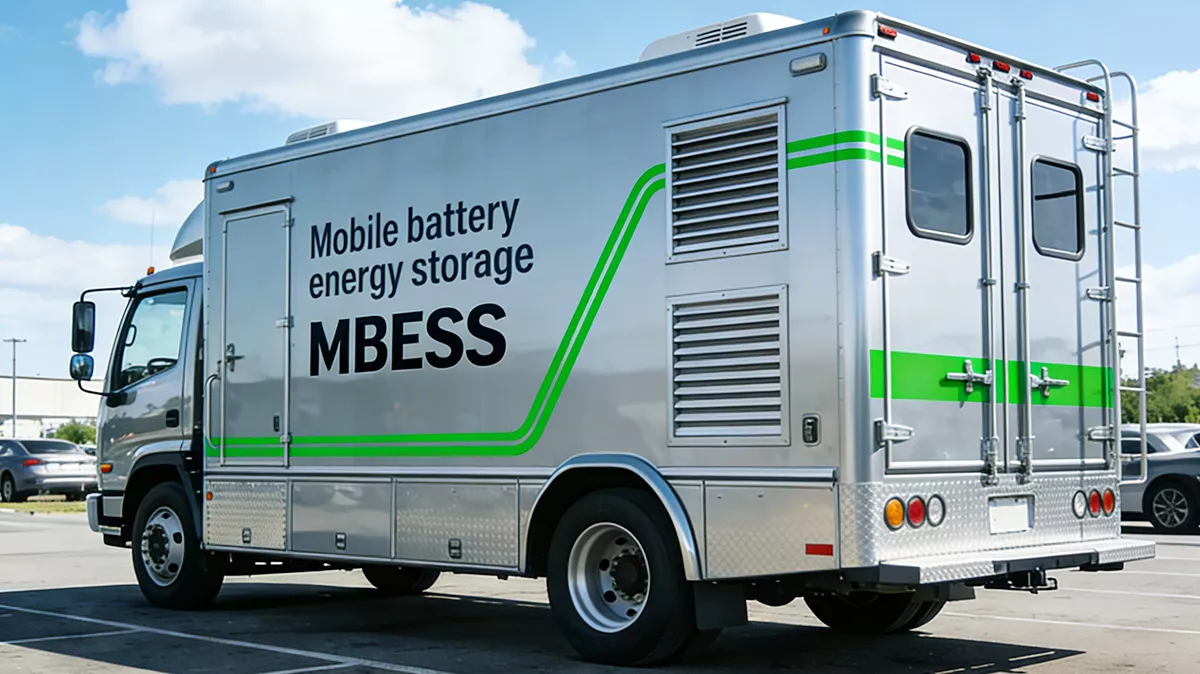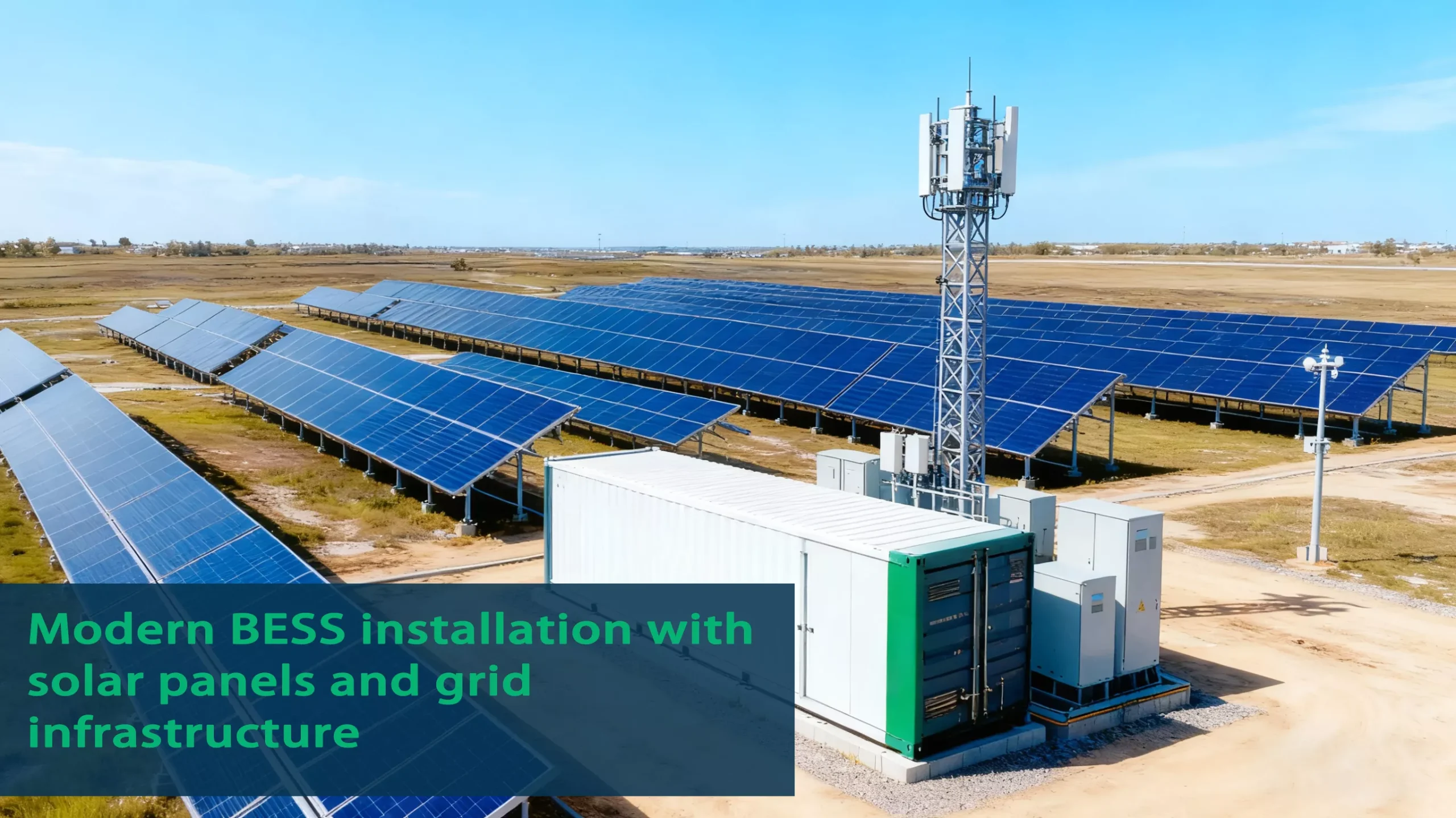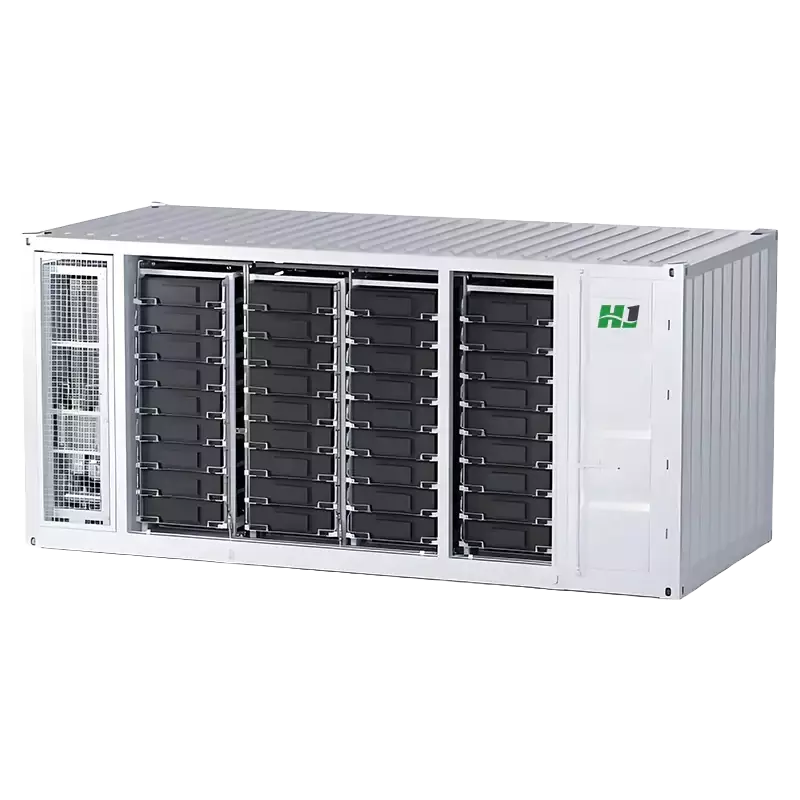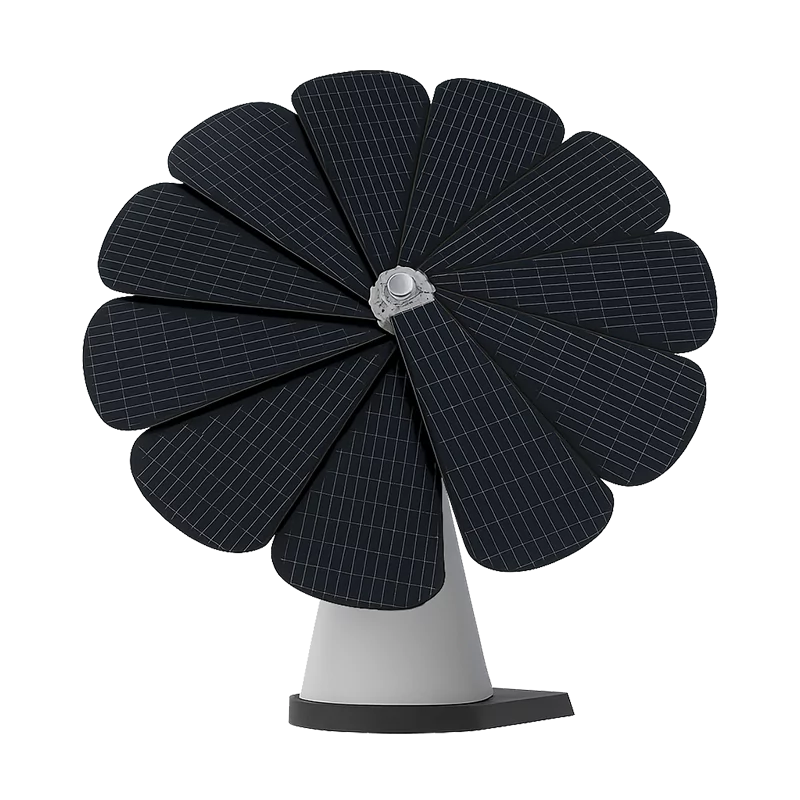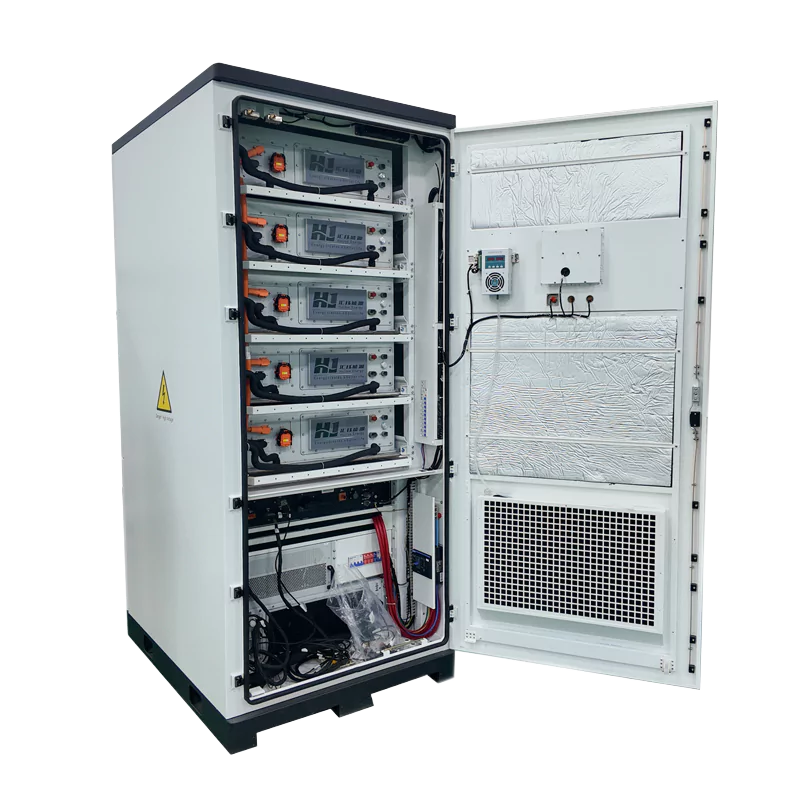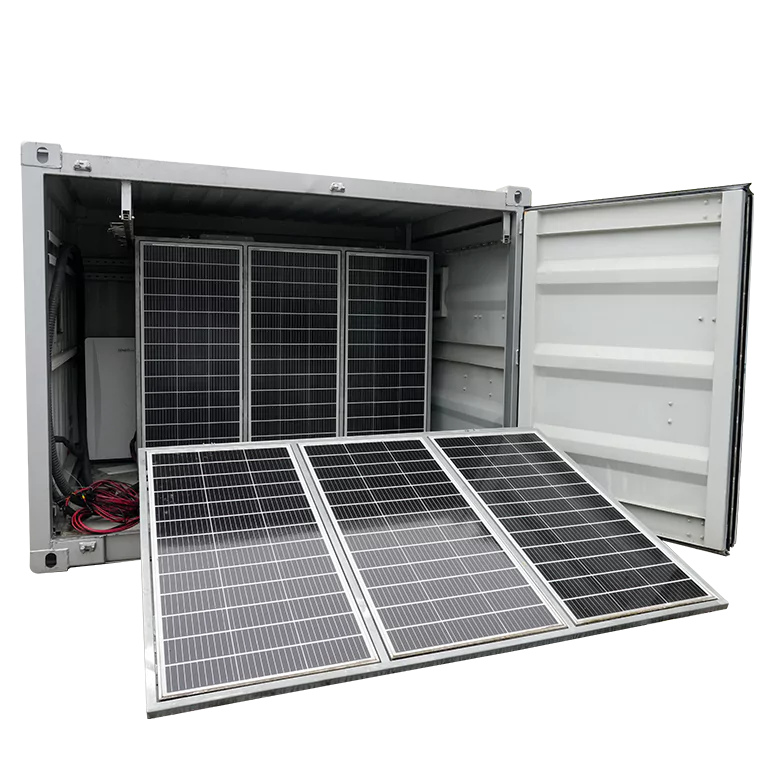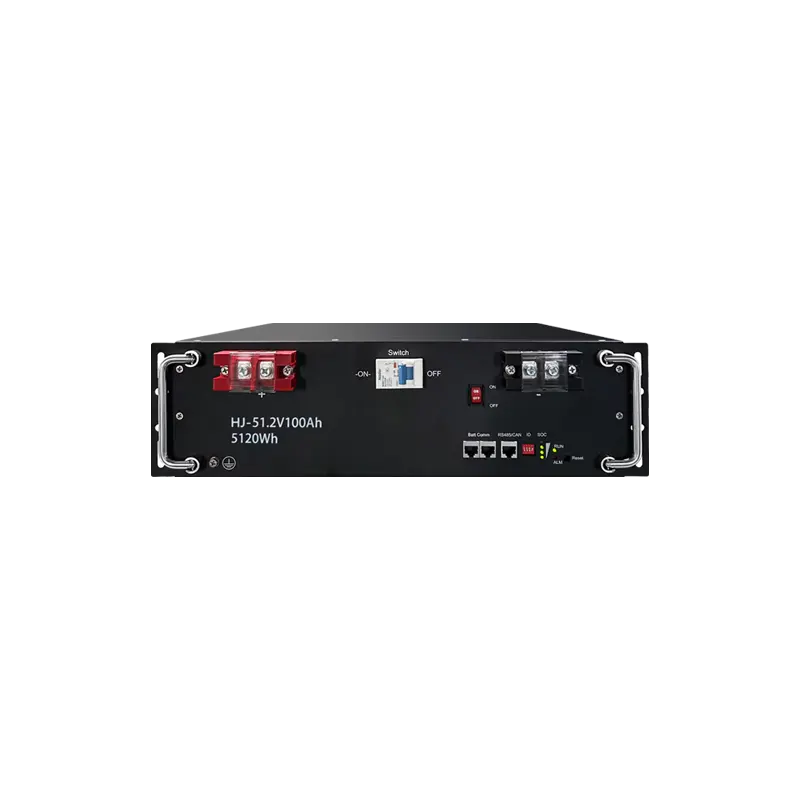Cold-Climate Solid-State BTS Batteries for Canadian Telecom Sites
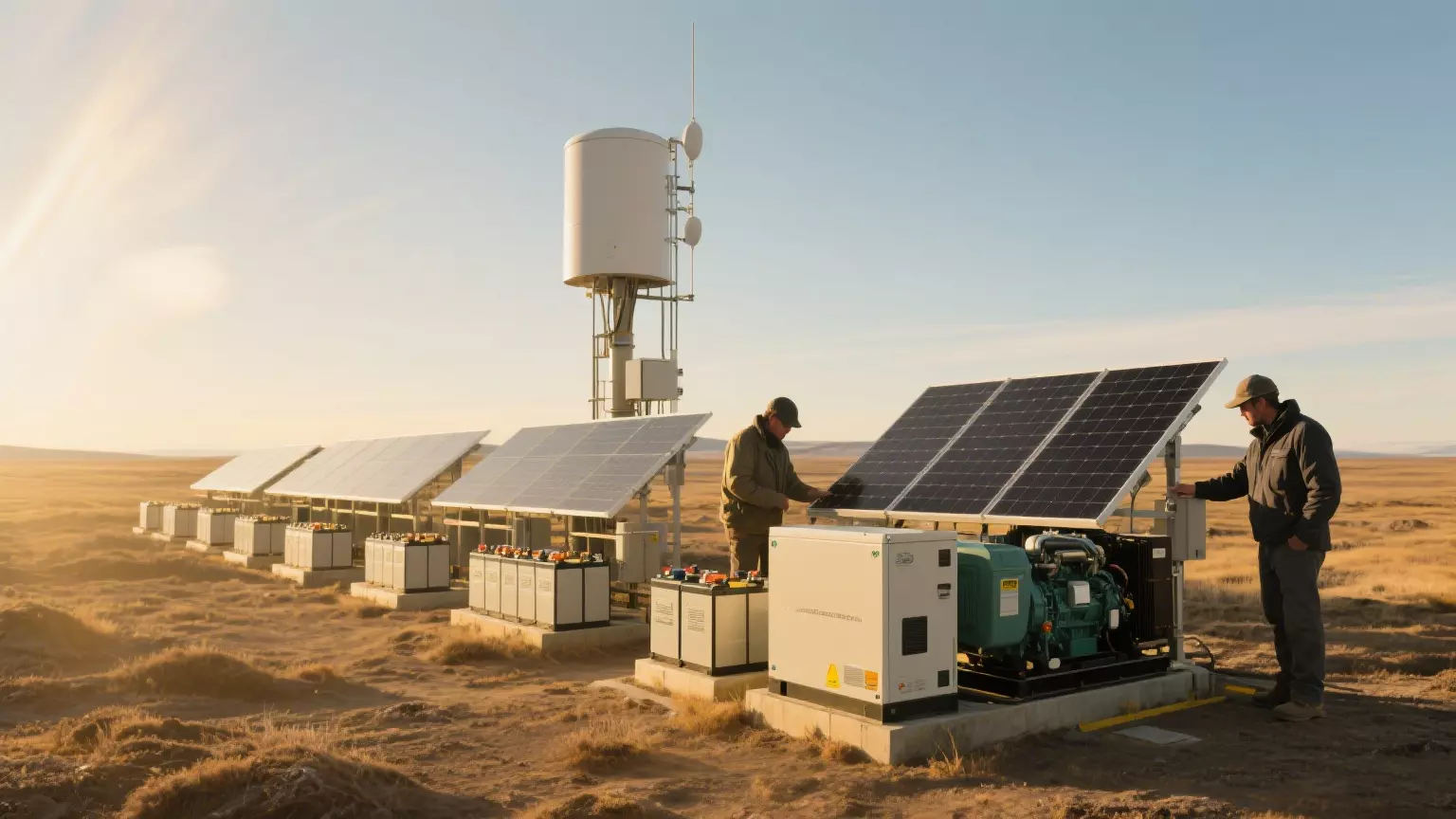
In Nunavut, Canada, at 70 degrees north latitude, the communication base station in Resolute Bay was shut down three times a week due to extreme cold weather of -45℃, while the LAGP solid-state battery system deployed in 2024 has maintained a zero-interruption record for 18 months. This transformation reveals the core value of solid-state battery technology in Canada’s communication infrastructure upgrade – when the capacity of traditional lithium batteries decays by more than 50% in extreme cold, solid-state batteries are reshaping the northern communication energy landscape with a low-temperature capacity retention rate of 85%.
1. Extreme cold dilemma: Energy survival challenge of Canadian communication base stations
60% of Canada’s territory is located north of 50 degrees north latitude, and the average winter temperature in the Yukon region is as low as -32℃. This environment poses a triple fatal blow to base station batteries:
- Performance cliff: The ion conductivity of liquid electrolyte drops by 70% at -20℃. The actual measurement of base stations in Alberta oil fields shows that the discharge capacity of traditional lithium batteries at -30℃ is only 42% of that at room temperature;
- Safety hazards: The solidification of electrolyte causes a sudden increase in internal resistance. Among the 12 base station fires in Quebec in 2023, 8 were related to thermal runaway of batteries at low temperatures;
- Operation and maintenance black hole: The average annual maintenance cost of base stations in the north is 38,000 Canadian dollars, which is 4.7 times that of base stations in southern cities, of which 62% of the expenses are for battery replacement.
This dilemma is particularly prominent in off-grid scenarios. Newfoundland’s coastal base stations rely on diesel generators for energy replenishment. Under the traditional scheme, diesel consumption surges by 40% in winter. Solid-state batteries combined with ultra-high frequency self-heating technology (UHFSH) can reduce diesel usage by 65%, reducing carbon emissions by 12 tons per year.
2. Solid-state breakthrough: from material revolution to system reconstruction
1. Technical code for low-temperature response
Highjoule’s LAGP oxide solid-state battery shows disruptive performance in a -40℃ environment:
- 60-second thermal activation: Through MHz-level AC stimulation, the battery only takes 1 minute to heat up from -30℃ to 25℃, and the heating energy consumption accounts for only 3.5% of the total capacity;
- Interface impedance revolution: Chongqing University’s CLA composite lithium negative electrode technology reduces the electrode/electrolyte interface resistance to 4.5Ω・cm², and the charge and discharge efficiency at low temperatures is increased to 92%.
2. System design adapted to all scenarios
In view of the regional differences in Canada, the solid-state battery solution presents modular characteristics:
| Application scenario | Technical configuration | Typical case |
|---|---|---|
| Northern extreme cold off-grid | 233KWh liquid-cooled energy storage cabinet + UHFSH | Nunavut Resolute Bay base station |
| Central city base station | 10KWh polymer solid-state battery + integrated photovoltaic storage | Ontario rural 5G cluster |
| Western energy mining area | High-rate sulfide battery + earthquake-resistant structure | Alberta oilfield communication network |
| Coastal emergency site | Halide solid-state battery + IP68 protection | BC mountain disaster communication network |
3. Business logic of TCO advantage
Although the initial investment of solid-state batteries is 35% higher than that of traditional solutions, it can achieve the following within a 10-year cycle:
- Operation and maintenance costs are reduced by 62% (Nunavut case);
- Replacement cycle is extended from three years to eight years;
- Carbon tax expenditure is reduced by 40% (Quebec policy adaptation).
3. Market Map: Regionalization Game of Canadian Telecommunication Energy
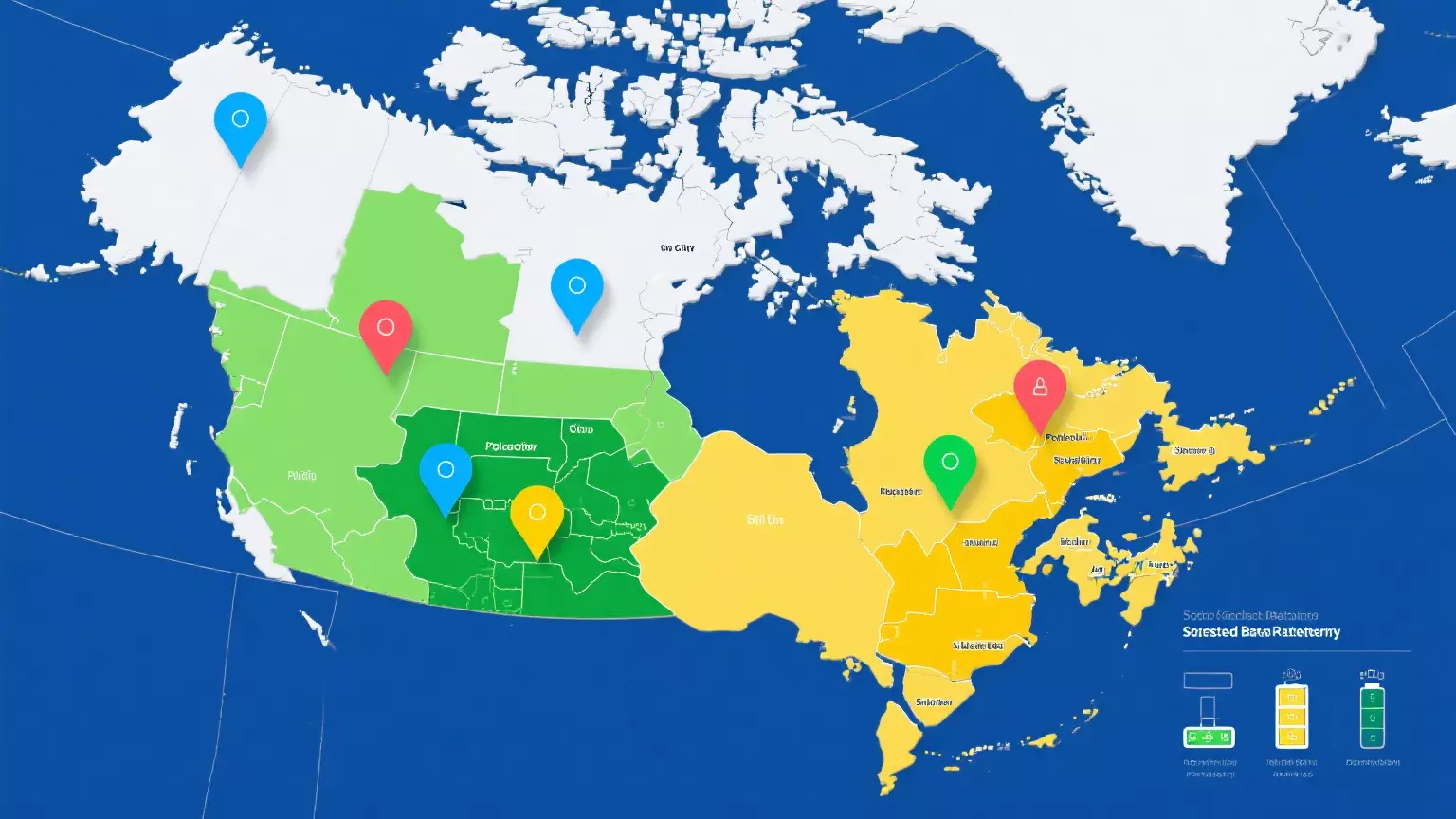
1. Demand Stratification and Technology Penetration
- Northern Polar Region (Nunavut/Yukon): Extreme low temperature leads to 60% penetration of solid-state batteries, operators give priority to oxide systems, and focus on -50℃ startup reliability;
- Central Urban Agglomeration (Toronto/Montreal): Polymer solid-state batteries occupy 35% of the market with cost-effectiveness, focusing on space efficiency and cycle life;
- Western Energy Belt (Calgary): Sulfide batteries have a penetration rate of 45% in oilfield base stations due to their high power characteristics.
2. Industry Standards and Procurement Barriers
The Canadian Communications Association (CTA) clearly requires:
- Base station batteries must pass the -40℃ low temperature cycle test of CSA C22.2 No. 107.1;
- Off-grid systems must meet the thermal runaway protection level of UL1973;
- Government projects require mandatory carbon footprint certification (such as the 5G plan in northern Quebec).
4. Practical cases: path verification from pilot to large-scale deployment
Configuration: 30kWh LAGP solid-state battery + 5kW solar energy + 10kW diesel generator
Key data: In a -45℃ environment, it provides 85% of the rated capacity after three minutes of self-heating, which can maintain power supply for four hours longer than traditional solutions
2. Alberta oil fields: extreme test of temperature difference adaptation
Challenge: 40℃ temperature difference between day and night (-30℃ to +10℃)
Solution: PEGDA polymer solid-state battery + intelligent temperature control, the capacity decay rate is only 1/33 of that of traditional batteries
3. Quebec Aboriginal communities: policy-driven paradigm innovation
Project highlights: 50kWh halide solid-state battery system has obtained CSA “Arctic Grade” certification, with a carbon footprint reduced by 55% compared with traditional solutions, and is compatible with the government’s carbon neutrality goal
5. Implementation guide: from technology selection to operation and maintenance transformation
1. Four-step implementation framework
- Climate zoning design: According to the climate map of Environment Canada, the sites are divided into three categories: extreme cold (below -40℃), cold (-20℃~-40℃), and mild (above -20℃);
- Technology matching matrix: Oxide systems are preferred in extreme cold areas, polymer cost-effectiveness is evaluated in cold areas, and semi-solid transition solutions can be considered in mild areas;
- Intelligent management integration: Deploy the Highjoule EMS system to achieve adaptive temperature control from -40℃ to +60℃;
- Operation and maintenance training transformation: Focus on cultivating new skills such as thermal management system diagnosis and remote firmware upgrades.
2. Risk avoidance points
- Avoid blindly pursuing high energy density. The northern sites give priority to LAGP with better low-temperature performance rather than sulfide systems;
- Off-grid systems need to retain 15% diesel redundancy to cope with continuous blizzards;
- When purchasing, suppliers are required to provide CSA 086.1 low-temperature cycle test reports.
Conclusion: From energy backup to strategic infrastructure
As Canada promotes the “Northern Connectivity Plan”, solid-state batteries are no longer just power supply equipment, but also a strategic support for national communications sovereignty. From the Inuit community in Nunavut to the oil sands mining area in Alberta, this technology that can operate stably in a -50℃ environment is redefining the survival standards of communications infrastructure in extremely cold regions with 8,000 cycle life and zero liquid leakage risk.
(Note: The technical parameters in this article are all from the actual measurement of Highjoule Laboratory and the public report of the Canadian Communications Association. For specific solutions, please visit the base station energy storage product page to obtain customized solutions.)
Find Your Solar + Battery Storage Specialist Now!
* Fill out this form and our experts will help you find the perfect solar storage solution for your home or business.


